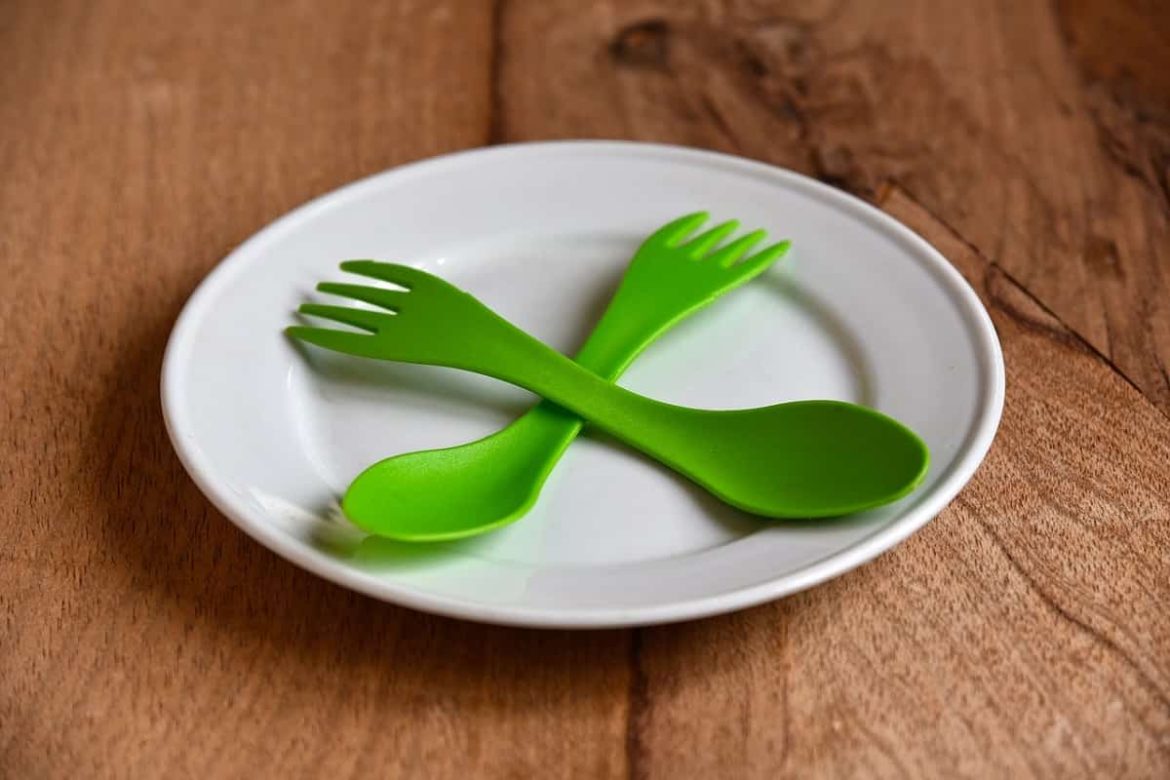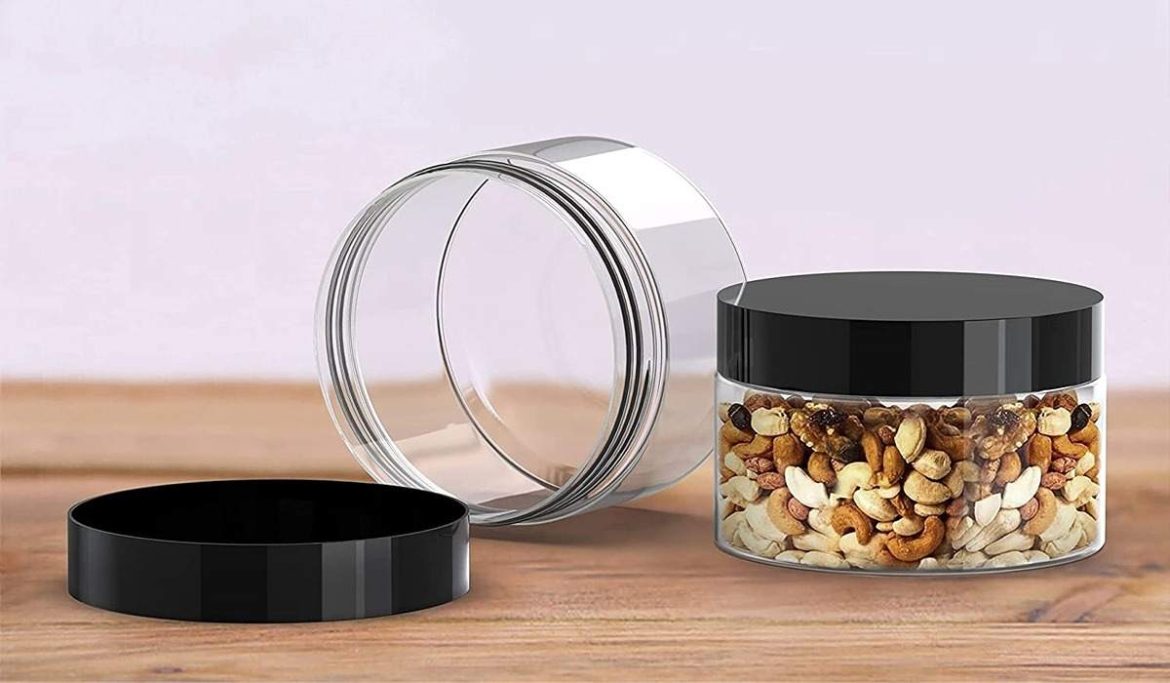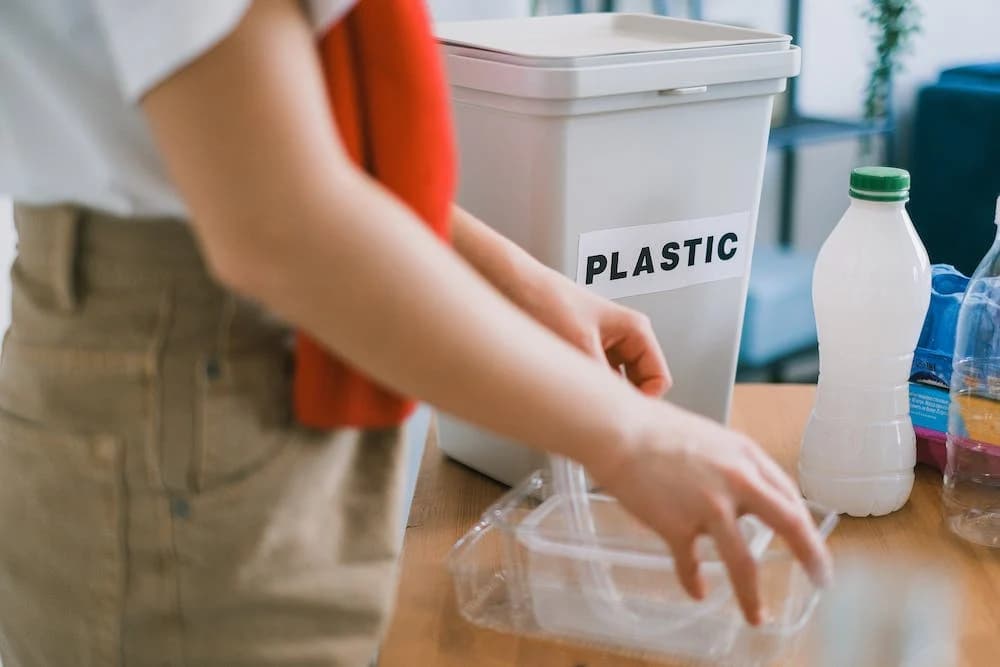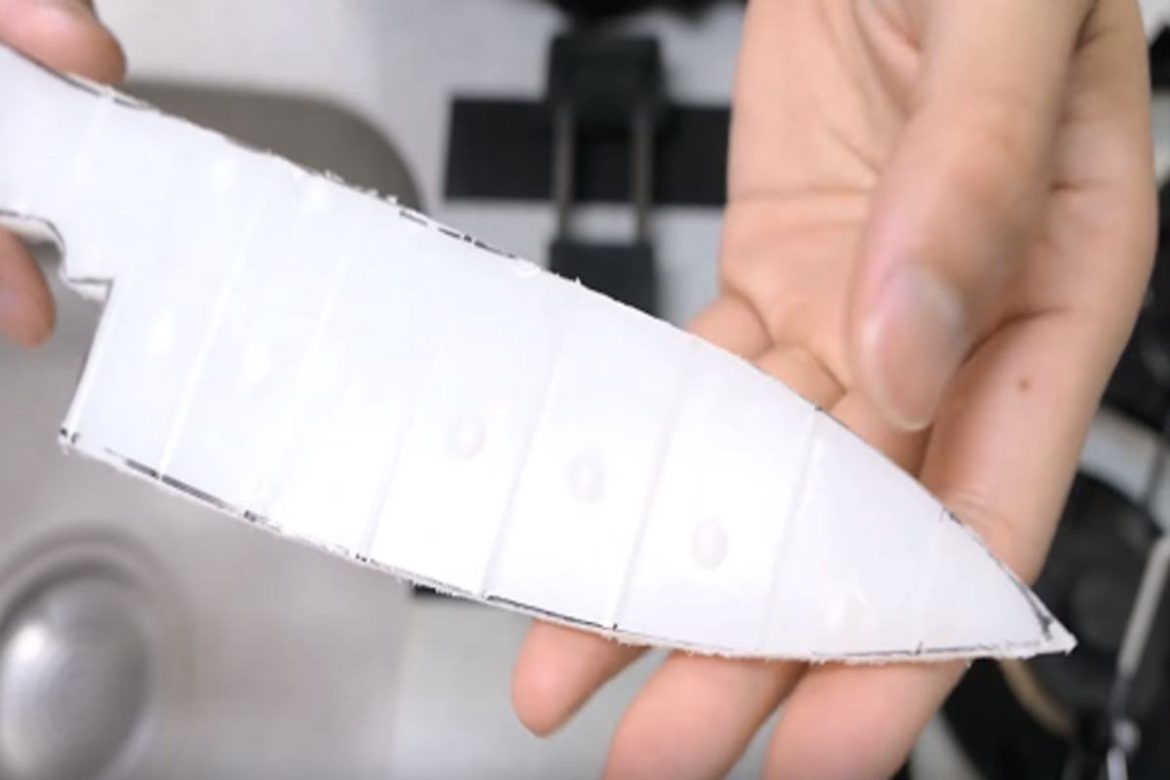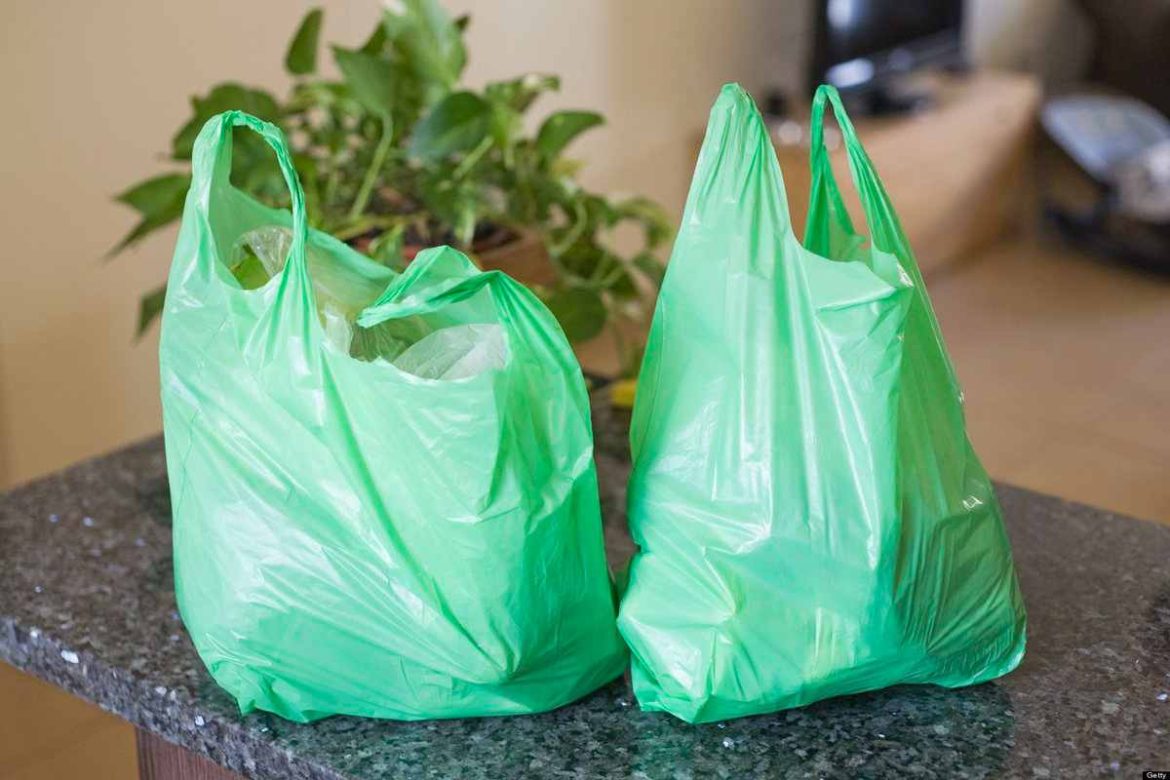how long does it take for plastic utensils to decompose?
Plastic kitchen utensils that are intended for single use can take up to one thousand years to decompose
but do you know how long does it take? Polystyrene, the material from which many plastic utensils are manufactured, has the potential to emit compounds that are hazardous to human health when heated
Have You Given It Some Thought? Every single day, people in the United States use more than one hundred million individual items made of plastic as silverware and utensils
It is anticipated that it will take more than two hundred years for plastic cutlery, such as plastic forks, knives, and spoons, to entirely decompose
This is when it is subjected to a substantial amount of sunshine in order for it to photodegrade, which is the best possible conditions that can be found
Sadly, many of these artifacts end up in landfills, where they are buried and, in principle, may keep their original state for all of eternity
If you take a good look around the room you are now in, you will most likely find a significant amount of plastic
This is due to the widespread availability of plastic
In today’s world, plastic is present virtually everywhere and in most things
It has only been around for around 50 years, yet there are times when it seems like it’s been around far longer than that

Plastic
Even the very first plastic bags that were ever produced have not disintegrated entirely to this day
Plastic bags have been used from the beginning of time
This suggests that we do not have any first-hand evidence from which to draw on this, and that any estimates are based on the best guesses that scientists can come up with now
A’respirometry test’ is a form of experiment that enables researchers to attempt to replicate the rate of decomposition of a long-lasting object
This type of test gets its name from the combination of the words “respiro” and “metry
” After that, a sample of the rubbish that must be studied is placed in a container with compost that is rich in bacteria and allowed to sit in that location for several days
When bacteria begin the process of breaking down an item, carbon dioxide (CO2) is created, and the amount of CO2 produced in each amount of time provides an estimate of how quickly the item will decay
When applied to a plastic bag made from high-density polyethylene, this method does not result in the creation of carbon dioxide (CO2) because the bacteria do not consider the plastic to be food and, as a result, do not break it down
Therefore, “never” is the response that ought to be given in this circumstance
However, the consensus among experts is that a plastic bag will, at some time in the future, deteriorate to the point where it will be virtually hard to identify
This will, however, only take place if the bag is exposed to a process known as “photodegradation,” in which the photons that are present in sunshine cause the plastic to break down into smaller molecules
This is where the estimate that runs from 500 to 1000 years comes from; while no one can determine for certain how long it has been, “a very long time,” it has been
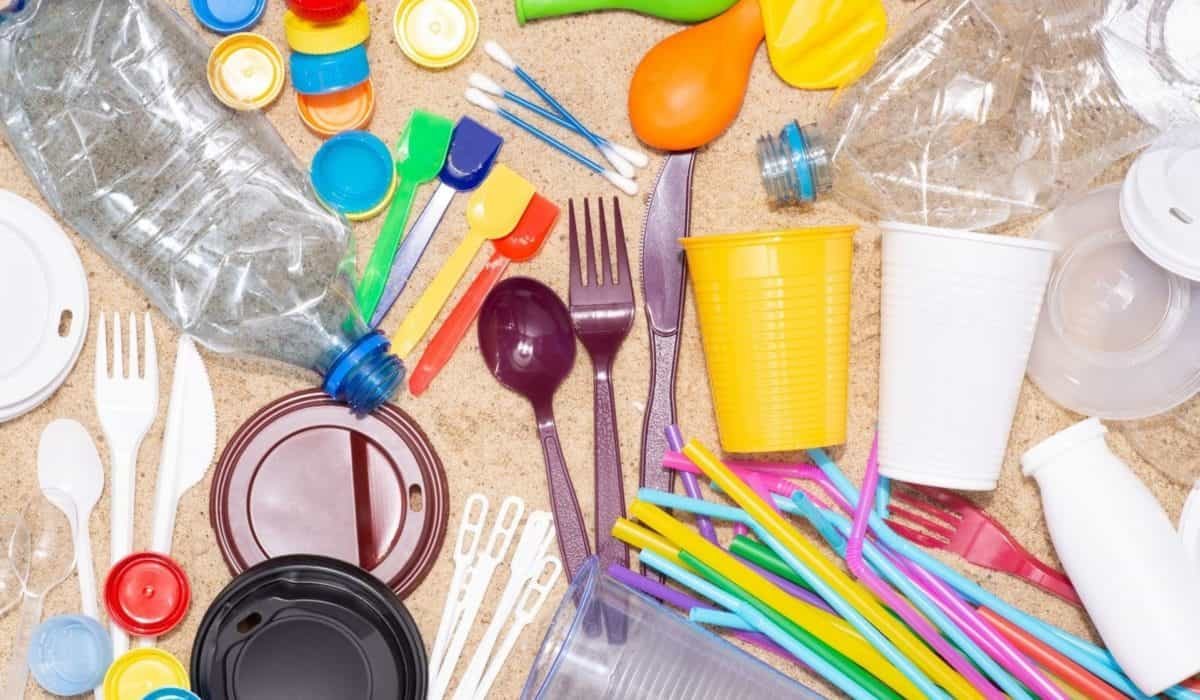
Plastic material properties
How long does it take to decompose plastic utensils?
The use of plastic bottles as utensils is a common habit in our society, but do you know how long does it last and take to decompose? At this very moment, the total amount of bottles that are consumed all over the world has surpassed the level of one million per minute
They are the fourth most collected item on beach cleans organized by the Ocean Conservancy, which indicates that they are a significant contributor to the quantity of plastic debris that ends up in the oceans
Moreover, the fact that they are the fourth most collected item indicates that they are a significant contributor
Polyethylene terephthalate is the component that is utilized in the manufacturing process of plastic bottles on the most frequent basis (PET)
This is a material that can be recycled; however, only 31% of the plastic bottles that are sold in the United States are recycled, which means that many of these bottles end up in landfills or other parts of the environment
Although this material can be recycled, only 31% of the plastic bottles that are sold in the United States are recycled
Polyethylene terephthalate, more commonly known as PET, is a variety of plastic that, similar to high-density polyethylene plastic bags, is manufactured from crude oil
However, unlike organic items like food, PET does not biodegrade
To reiterate, photodegradation is the one and only process that may be used to break down PET plastic bottles
There is no other approach
It is because of this that it is estimated that it will take plastic bottles at least 450 years to totally break down
And even if it had been totally removed, it would still be there today in the form of small particles of plastic known as microplastic
This would be the case even if it had been completely exterminated
There is cause for cautious optimism regarding the disintegration of plastic bottles in the not-too-distant future; yet there is reason to be hopeful
Recent research conducted in the United States by a student uncovered the existence of a microorganism that can break down PET
On the other hand, given that this is still in the very early stages of development, it is strongly suggested that you keep your distance from them until further notice
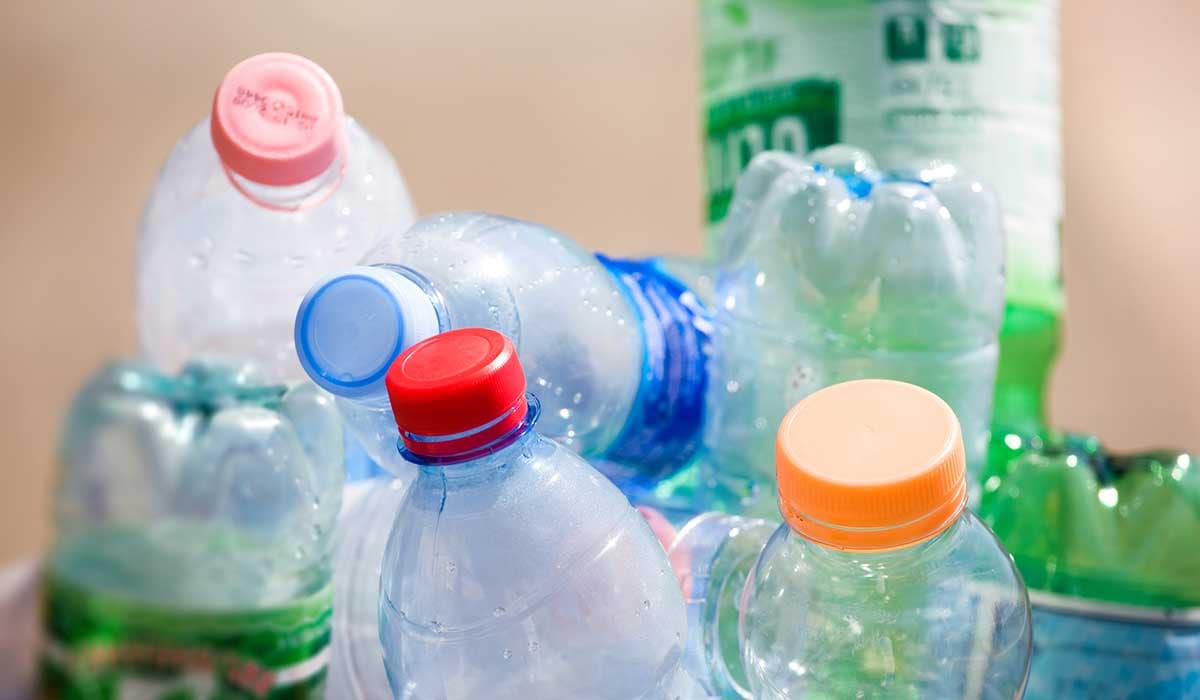
Materials for plastic bottles
Does it take a lot to decompose plastic utensils?
Before everything, you must consider this question” Does it take a lot to decompose plastic utensils”
Plastic is utilized in the production of virtually everything these days, including plastic utensils Additionally, every year we produce a higher quantity of plastic, the vast majority of which is designed only for a single application
According to the findings of one study, humanity have produced 8
3 billion tons of plastic since the 1950s
Approximately 80 percent of the plastic that has been produced ends up in landfills or the natural environment
This number is derived from the outcomes of a single research project
Plastic is known to persist in the environment for extraordinarily extended stretches of time, which poses a risk to the planet as well as to all the people who live on it
How long, though, does it take for plastic to disintegrate into its component parts? Over the course of its existence, what different stages does plastic go through? And as inhabitants of our world, what steps can we take to mitigate the ever-increasing threat posed by the accumulation of plastic waste? Most polymers don’t deteriorate at all
Bacteria and fungi are the organisms that are responsible for the complex process known as decomposition
During this process, organic materials such as food wastes, wood, and paper are decomposed into simpler organic components
It is impossible for plastic to decompose because it is not made of organic material and does not exist in its natural state
Most plastics are either partially or totally synthetic, which indicates that they are made by people and modified under settings that are highly artificial
This is the case because synthetic materials can be produced in much larger quantities than natural ones
By having chemists insert water-repellents, UV inhibitors, plasticizers, and numerous other performance-enhancing chemicals into the material, plastic may be made even more resistant to degradation
This makes plastic much more useful in a variety of applications
Before plastic to ever be regarded to have disintegrated, it would have to first be consumed by bacteria
Most bacteria, on the other hand, do not prefer feeding on plastic, therefore this is where the trap lies
They have just not been around long enough to go through the essential evolutionary modifications to be able to break down plastic
This prevents them from being able to do so
This is accurate to a considerable degree
Despite this, throughout the course of the past few years, researchers have identified a few species of organisms that appear to devour types of plastic
PET is a type of plastic that is often used in the production of plastic bottles
It has been established that the bacterium Ideonella sakaiensis is capable of degrading PET
Having said that, microbes that are capable of digesting plastic dinnerware are in no way a practical solution to the issue of plastic pollution, which is only getting worse with time
There is simply an enormous amount of plastic for bacteria to digest in this environment
Although most plastics do not biodegrade, over time they do break apart into ever-smaller pieces, even though they do not dissolve
These extremely small pieces, which are collectively referred to as microplastics, present a tremendous threat not just to the environment but also to the people who live in it
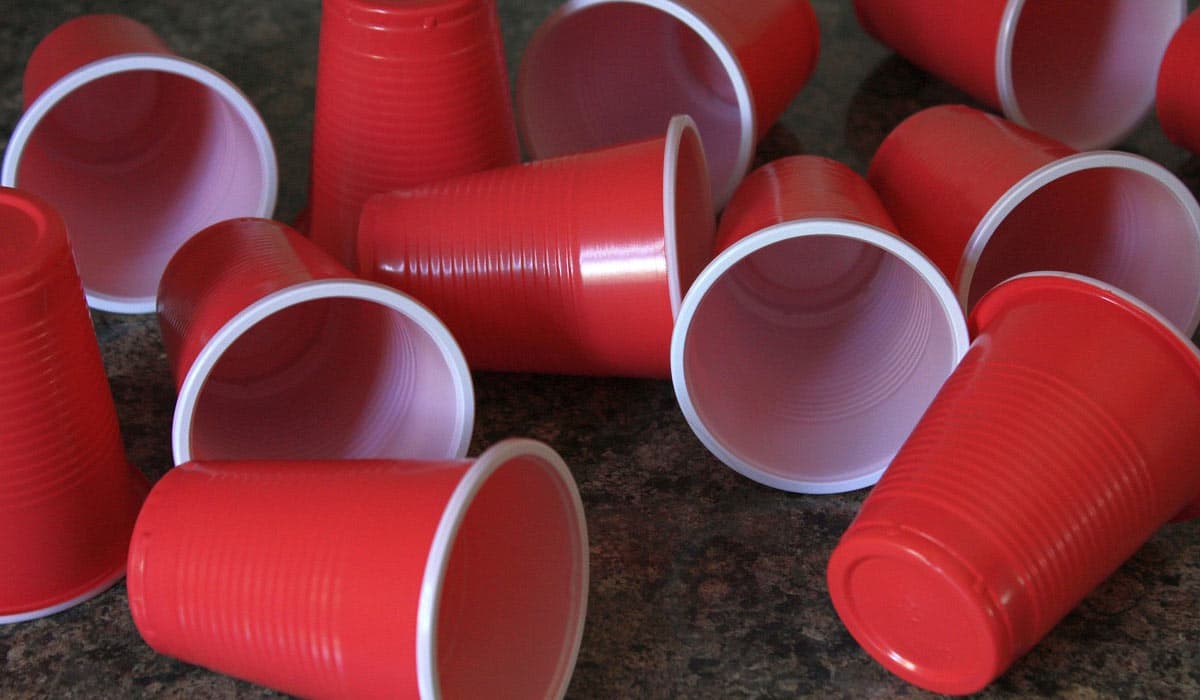
Disposable plastic utensils
Plastic utensils
Do you lack the proper amount of heavy-duty plastic utensils flatware to finish the look of your professional and appealing tablespace? We are glad to offer you our Elite Collection of Plastic Cutlery, which will provide a seamless aesthetic complement to the rest of the decoration that is currently shown on your table
The disposable plastic cutlery set that we provide is crafted from high-quality, durable plastic
It consists of a plastic fork, a plastic knife, and a plastic spoon, and it is designed to make the process of setting the table as simple and stress-free as possible
You can save yourself the trouble of cleaning up after the party if you buy the Disposable Flatware & Plastic Cutlery collection from an earmark
Not only will this collection add a touch of glamor and glam to your wedding, holiday celebrations, or anniversary parties, but it will also save you the effort of cleaning up after the party
These chic sets of disposable plastic cutlery are made of plastic, but they are much too lovely to be thrown away once they have been used even though they are designed to only be used once
Your guests will be blown away when you serve them with our finest heavy-duty silver plastic silverware
This allows you the freedom to hold parties with the highest zeal and the best dish wares available
Amaze your guests by serving them with our finest heavy-duty silver plastic silverware
You have your choice between our silver baroque cutlery set and our hammered design cutlery set
Both cutlery sets have a brilliant silver brilliance that portrays the luxury of a royal banquet and is ideal for upscale occasions such as parties, formal feasts, and other types of upscale gatherings
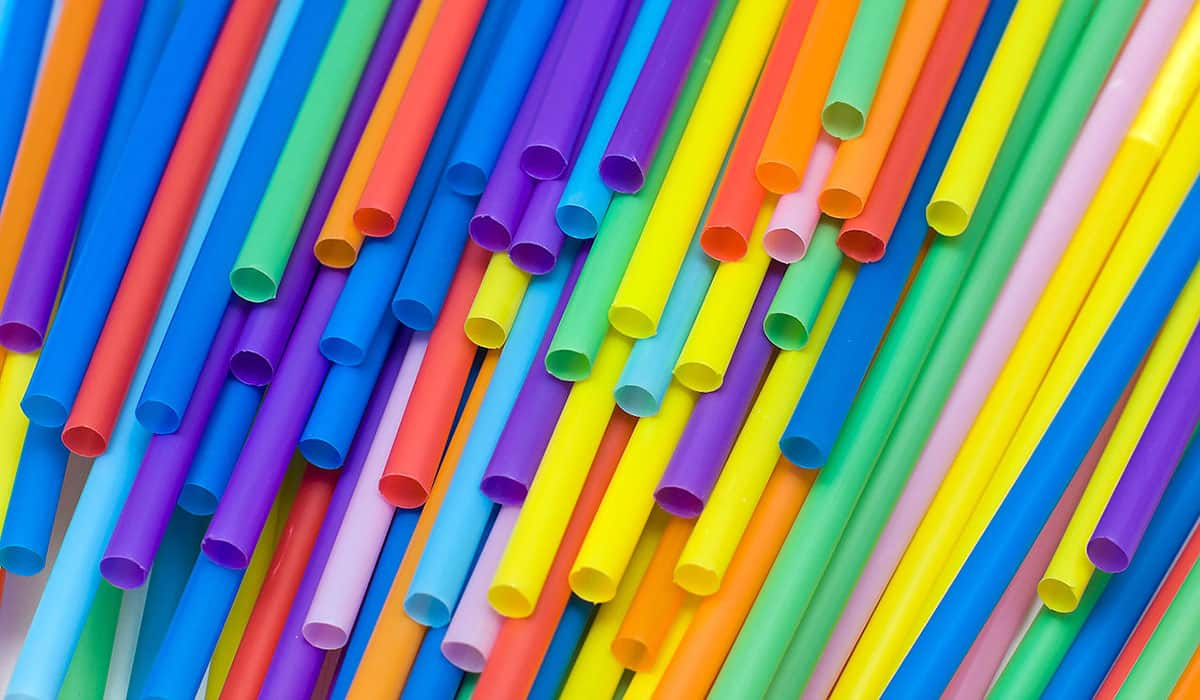
The gold cutlery set with a baroque design will provide an air of luxury to the party tables that you have set up, as will the silver cutlery set with a hammered design that we have available for purchase
Our one-of-a-kind assortment of ombre silverware features dazzling blue, red, and rainbow colors, as well as an ombre finish those shimmers
By bringing a sense of merriment and revelry to the tablespace of your wedding reception, banquet, or other catered event, this collection will instantly elevate the overall appearance and atmosphere of your event
By incorporating our one-of-a-kind ombre cutlery collection into the design of your tablespace for an occasion that is lively, you can bring fun and festivity to your tablespace
Make sure you have a look at our plastic silverware with white handles as well; the swish design of these handles gives the cutlery set an appearance of sophisticated sophistication
If you utilize our dazzling cutlery set, the presentation of your events will be more professional and put together than it would be otherwise
No matter how formal or laid-back an event may be, if you make use of our disposable straws and picks, you will have a one-of-a-kind opportunity to infuse the occasion with a spirit of merriment, fantasy, and celebration
This is true regardless of how formal or informal the event may be


